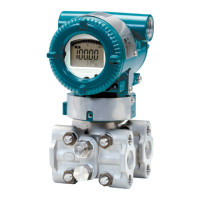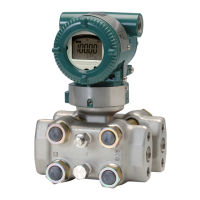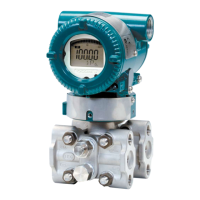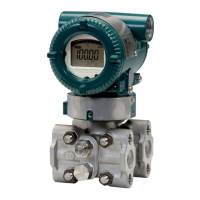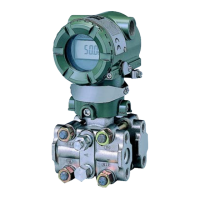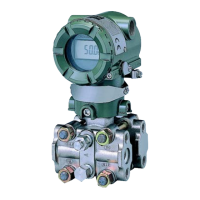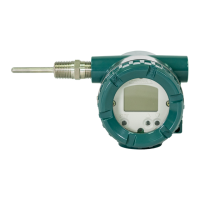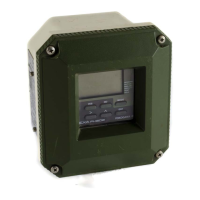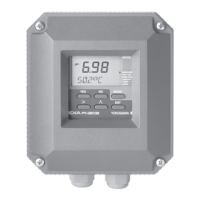<2. Handling Cautions>
2-2
IM 01C25F01-01E
(b) When storing the transmitter, repack it carefully
in the packaging that it was originally shipped
with.
(c) If the transmitter has been used, thoroughly
cleanthechambersinsidethecoveranges,so
thatthereisnoprocessuidremaininginside.
Before placing it in storage, also make sure that
the pressure-detector is securely connected to
the transmitter section.
2.4 Selecting the Installation
Location
The transmitter is designed to withstand severe
environmental conditions. However, to ensure
that it will provide years of stable and accurate
performance, take the following precautions when
selecting the installation location.
(a) Ambient Temperature
Avoid locations subject to wide temperature
variationsorasignicanttemperaturegradient.
If the location is exposed to radiant heat from
plant equipment, provide adequate thermal
insulation and/or ventilation.
(b) Ambient Atmosphere
Do not install the transmitter in a corrosive
atmosphere. If this cannot be avoided, there
must be adequate ventilation as well as
measures to prevent the leaking of rain water
and the presence of standing water in the
conduits.
(c) Shock and Vibration
Although the transmitter is designed to be
relatively resistant to shock and vibration, an
installation site should be selected where this is
kept to a minimum.
(d) Installation of Explosion-protected Transmitters
An explosion-protected transmitters is
certiedforinstallationinahazardousarea
containingspecicgastypes.Seesubsection
2.9 “Installation of an Explosion-Protected
Transmitters.”
2.5 Pressure Connection
WARNING
• Never loosen the process connector bolts
when an instrument is installed in a process.
The device is under pressure, and a loss of
seal can result in a sudden and uncontrolled
releaseofprocessuid.
• Whendrainingtoxicprocessuidsthathave
condensed inside the pressure detector,
take appropriate steps to prevent the contact
ofsuchuidswiththeskinoreyesandthe
inhalationofvaporsfromtheseuids.
The following precautions must be observed
in order to safely operate the transmitter under
pressure.
(a) Make sure that all the process connector bolts
aretightenedrmly.
(b) Make sure that there are no leaks in the impulse
piping.
(c) Never apply a pressure higher than the
speciedmaximumworkingpressure.
2.6 WaterproongofCable
Conduit Connections
Apply a non-hardening sealant to the threads
to waterproof the transmitter cable conduit
connections.(Seegure6.8,6.9and6.10.)
2.7 Restrictions on Use of Radio
Transceivers
IMPORTANT
Although the transmitter has been designed to
resist high frequency electrical noise, if a radio
transceiver is used near the transmitter or its
external wiring, the transmitter may be affected
by high frequency noise pickup. To test this, start
out from a distance of several meters and slowly
approach the transmitter with the transceiver
while observing the measurement loop for noise
effects. Thereafter use the transceiver outside
therangewherethenoiseeffectswererst
observed.
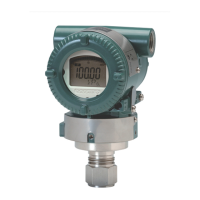
